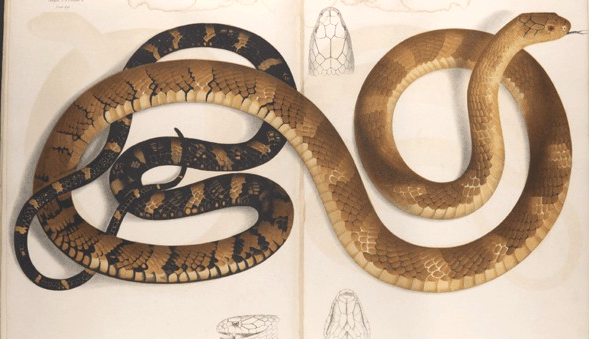There are always more species to be discovered. Whether it is a bizarre-looking worm lizard or something that has been hidden in a drawer for decades, the implications for naming something new can include helping with conservation as well as other benefits. Now the king cobra has received the same treatment, with researchers putting in the work over many years to discover it’s actually four separate species instead of one.
King cobras (Ophiophagus hannah) live across most of Asia, from India and China to the Philippines and the Sunda Islands. King cobras are the world’s longest venomous snakes that can grow to 5.6 meters (19 feet) in length. Technically they are not actually true cobras, belonging to the genus Ophiophagus, rather than the Naja genus. The clues that they might be different species came in the wide range of differences in appearance between populations across these countries. Despite this the king cobra has been classed as a single, but highly variable, species since 1836.
“I feel like we created history,” study lead researcher P. Gowri Shankar told Mongabay. In 2021, Gowri Shankar and colleagues discovered that there was genetic variation across four distinct populations of king cobras throughout their range. Now, the new study has found differences both in the snakes physically, and in banding patterns found on the snakes’ scales. Looking at 153 specimens, including five skeletal specimens, the team performed morphological and genetic analyses.





